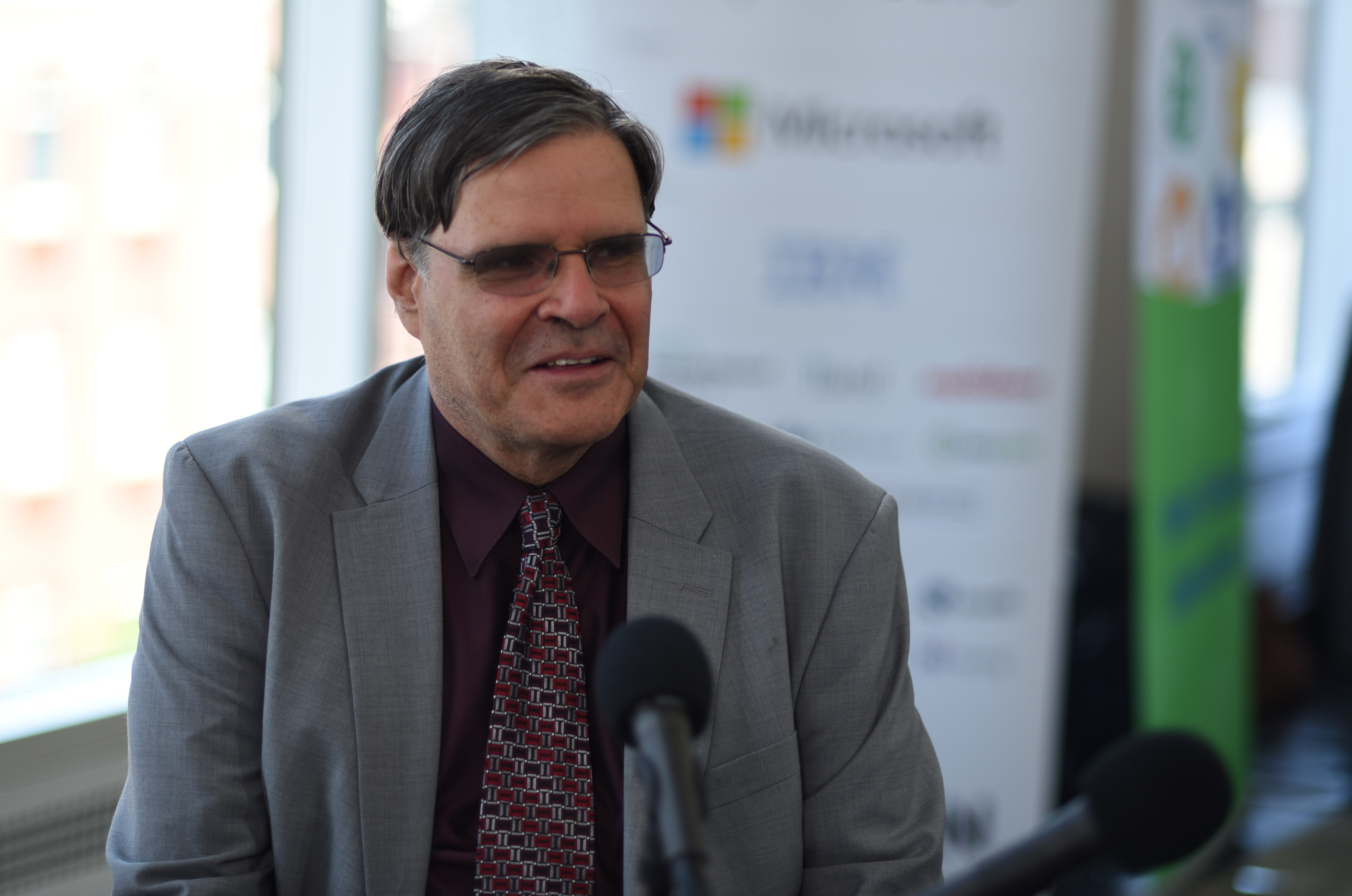 CLOUD
CLOUD
 CLOUD
CLOUD
 CLOUD
CLOUD
From 2017 to 2018, there was a significant rise of about 30 to 35 percent in customer inquiries about resilience at the information technology research and advisory firm Gartner Inc. So what has made this topic so important to customers who might not have even heard of “IT resiliency” a few years ago? There are a number of reasons.
“So what’s happened to resilience in the past couple years? What’s changed? Number one: the impact of digital business,” said John Morency (pictured), research and advisory vice president, data center convergence, at Gartner Inc. “Trying to apply some older technologies or methodologies like disaster recovery to a digital business — an always-on digital business — doesn’t make a whole lot of sense.”
Morency spoke with Paul Gillin (@pgillin), host of theCUBE, SiliconANGLE Media’s mobile livestreaming studio, during the ZertoCon event in Boston, Massachusetts. They discussed IT resiliency and why customers are increasingly interested in this topic. (* Disclosure below.)
As more and more businesses are becoming completely digital, the need for recovery, continuity and resiliency is becoming extremely important. “Back in 2015, I had about 40 inquiries [at a conference] … and resilience came up in about 75 percent,” Morency said. “And it wasn’t just financial services, it wasn’t just healthcare, it wasn’t just telecom providers — it was lots of different verticals.”
Cybersecurity is also a huge moving factor in this, according to Morency. “Without a doubt, cyber resilience is probably the most significant driver that’s really changed,” he said.
However, down time will never get completely eliminated, according to Morency, because nothing can be completely predicted. “You can still have disruptions for specific customers within virtual private clouds that may be the result of — it could be an external attack, it could be a misapplied change,” he said.
The question then becomes: Who is responsible for resiliency in an organization? “Since resilience in many ways is top down, it’s not just at the infrastructure level,” Morency said. “It has culture implications; it has business process implications; it even has implications on what the individuals within the organization need to know about, what they need to be aware of. All of that is related to effective, top-down governance.”
Watch the complete video interview below, and be sure to check out more of SiliconANGLE’s and theCUBE’s coverage of ZertoCon. (* Disclosure: TheCUBE is a paid media partner for ZertoCon 2018. Neither Zerto Ltd, the event sponsor, nor other sponsors have editorial control over content on theCUBE or SiliconANGLE.)
THANK YOU